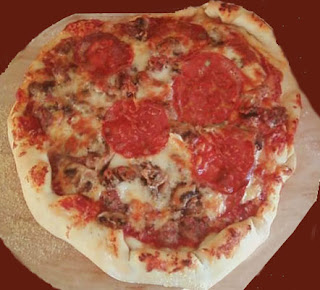 |
| Universal Gift |
In a flash second, how many works of art do you visually scan when you first walk into an art gallery or art exhibit? 25? 50? 100? How exciting! And, maybe even a bit overwhelming. Where do you start, how do you decide? Here are few considerations to help you thoughtfully consider your next art purchase.
Art is a two-way conversation
How an artist sees and feels in her world is found in her artwork. She is communicating to the viewer. All artwork comes from within the artist. There are reasons for the theme, objects, colors and the arrangement. It is purposeful.
When you look at an artwork, you are looking inside the artist. So, when you are drawn to a particular painting in the sea of gallery offerings, consider what the artist is telling you and notice how you interpret the message based on the elements presented to you in the objects, shapes, colors, etc.
Take the time to view as many works as you can, to understand the depth of the paintings. You may find that the quiet, soft-colored painting communicates with you on a deeper and longer-lasting level than the flamboyant one that first caught your eye. It takes time.
Counteract bad media
You've seen the T-shirts, bumper stickers or messages on the television, such as:
Real art doesn't match your couch, or my kid could paint that, or what is popular this season or year in color or design. Just like what you monitor on TV, really monitor what messages you get from media and rumors. It can influence your beliefs about what is real art or worthy art, when really, it is a very personal choice.
Connect with art
Put aside all of the advice you hear and communicate with the artwork you are drawn to. Buying art is connecting with the human race in a different way. You are receiving a bit of art history, current and social events, spirituality, and/or emotional imagery.
Art and lifestyle
Art is lifestyle. Each artwork you hang on your wall or stand on a pedestal, expresses something about you; it speaks to you, your guests and family.
Leonardo da Vinci wrote that it was important for him to be surrounded by items that involved the five senses, such as the fragrance of fresh flowers in his home, paintings and books, good food and music.
Meaning and enjoyment
Above all else, the art you choose should carry some meaning and enjoyment, regardless of how you interpret a work of art. What one sees in a painting may be different than another person or even the artist.
Art often offers memories of a past event, person, or travel, or it may hold a vision of a dream that we desire. You may read the Artist Statement about that particular work of art, or you may choose not to. It is a very personal choice.
One example of the different ways one painting can be interpreted is my Universal Gift painting. I painted this with a particular message in mind; and yet, a friend of mine saw something very different in the painting and loved it just the same. I saw the fish as a metaphor to our lives in search of meaning, whereas my friend saw the Christian story of the loaves and fishes.
Where am I going to hang my new art?
Note where you and your family and guests sit in the living room and decide which art pieces show off the best at those different vantage points. For the entry room, choose an inviting piece, as this is the first impression your guests will experience.
When hanging your artwork, place the center of the painting at your eye level, or about 5-1/2 feet to no more than 6 feet from the floor. This height of placement invites the viewer into the painting. There is a tendency to hang the artwork too high, which disconnects the painting from the viewer.
If you have decided to purchase a new work of art, but you really don't have room for it, consider collecting a sufficient number of paintings to trade out in your home periodically, whether it is is seasonally, bi-annually or annually. I have an aunt who changed her artwork and home decorations each season all the way into her 90's.
Live and breathe art!





